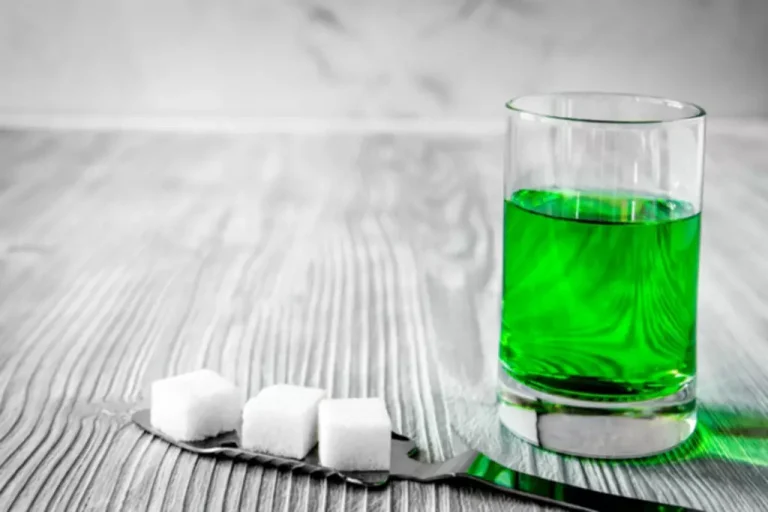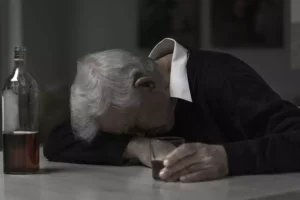
Like other diseases, opioid use disorder has specific symptoms and a pattern of progression (it tends to get worse over time), and treatments may help bring it under control. The company’s new virtual adolescent care program in Maine will support teens over the age of 16. For their first visit, they must be accompanied by a parent or responsible adult. If considered eligible for care, they’ll gain access to Bicycle’s clinical support, including medications for opioid use disorder, such as FDA-approved buprenorphine. This medication can help with withdrawal symptoms and reduce drug cravings. Breaking free from an addiction to painkillers is far from impossible.
What are the risk factors for opioid use disorder?

Methadone is a medicine provided in a clinic or inpatient setting to treat opioid use disorder. People with substance use disorders may go to hospital emergency rooms because they are in crisis due to physical or emotional distress. Most hospitals provide an evaluation and assess the patient’s primary need, and then connect the patient to treatment. The hospital may admit someone who also has a significant medical problem in addition to the opioid use disorder.
Emergency responses to opioid overdose
- Taking more than your prescribed dose of opioid medicine, or taking a dose more often than prescribed, also increases your risk of opioid use disorder.
- If you do start using the drug, it’s likely you’ll lose control over its use again — even if you’ve had treatment and you haven’t used the drug for some time.
- Opioid overdose treatment with naloxone can be used in an emergency situation when a person has taken an overdose of opioid drugs and has stopped breathing or is in danger of stopping breathing.
- Some street drugs are laced with contaminants or much more powerful opioids such as fentanyl.
- When a person is struggling with a substance abuse disorder, their loved ones may consider staging an intervention.
- Evaluation and identification of the underlying medical and mental health disorders are of the utmost importance in making a definitive diagnosis of OUD.
Addiction is a disease that is treatable if you are ready to make changes. Opioid addiction is a chronic illness and should be treated the same as other chronic illnesses. It should be managed and monitored by medical professionals who are properly trained to treat the condition. In general, you are more likely to avoid addiction if you use opioid drugs no longer than a week. Research shows that using them for more than a month can make you dependent on them. Drug tolerance and dependence are a result of taking any opioid drug for a long time.
Signs You Have a Behavioral Addiction
I’m calling on Congress to do their part—including passing the Biden-Harris Administration’s “Detect and Defeat” proposals. These bipartisan proposals increase penalties on drug smugglers, give border officials key tools they need to target fentanyl at our border, and close other loopholes that traffickers exploit. I also once again urge Congress to pass the bipartisan border security agreement which provides funding for signs of opioid addiction more border agents and more drug detection machines. These are the key investments needed to stop fentanyl from reaching our communities. Physicians and advanced practice providers prescribe medications for OUD, including buprenorphine under the MAT Act, and make referrals for cognitive behavioral therapies. Nurses assist with coordinating OUD therapies and educating patients on the importance of therapy adherence.

Mayo Clinic Press
They may desperately want to quit, but they feel unable to do so on their own. Examples of opiate abuse include taking the medication more frequently or in larger amounts than originally prescribed. Continued patterns of opiate abuse can lead to a spiraling addiction, which is difficult to overcome without the help of medical staff in rehab. If you suspect a loved one is struggling with a dependence on painkillers, it’s important to take action immediately before the situation becomes worse. Experts say patients’ thoughts and beliefs play a pivotal role in how they experience their pain and how that pain affects their lives. Patients might, for example, avoid activities they enjoyed because they worry about aggravating their pains.

Discussions on whether or not to classify behavioral addictions as mental disorders continue. ¶ Chart reviews were performed by medical toxicology physicians or trained research assistants at each institution, using the patient’s electronic medical record. Abstracted data included details surrounding https://ecosoberhouse.com/ the overdose, demographic information, and clinical signs and symptoms including vital signs, medications administered, testing obtained, and the patient’s disposition. More than three decades after the original opioid crisis, we’re still seeing the damaging effects of these drugs.
How can you avoid addiction to opioids?

Opioid use disorder (OUD) is a mental health condition in which a problematic pattern of opioid misuse causes distress and/or impairs your daily life. U.S. District Judge Jeffrey J. Helmick entered the judgment and permanent injunction in U.S. In August 2018, Judge Helmick issued a temporary restraining order and preliminary injunction prohibiting Gerber from prescribing opioids or other controlled substances.